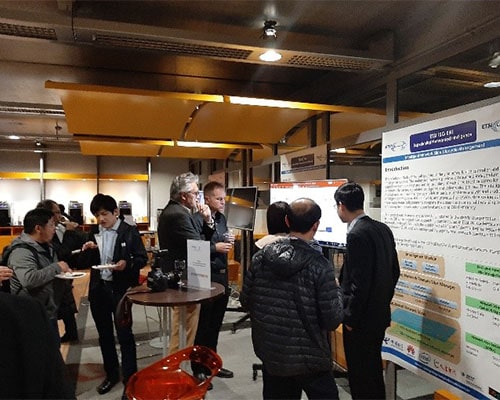IPv6 is finally beginning to be adopted, more than two decades after its specification was published in RFC 1883. Why did it take so long? And how will NGP avoid the same problems?
Internet Protocol (IP) is a "connectionless" technology, in which all the information necessary to deliver a packet to its destination must be in the packet header. This includes the destination address and the address to be used for sending a reply, as well as other information regarding the service the packet should experience. The format of this information has to be the same throughout the system, so that it can be understood by any switching equipment the packet might pass through. IPv4 and IPv6 use different formats, so if support for IPv6 is to be added to an IPv4 network, all equipment in the network must be updated so it can process IPv6 headers. Only when that has been done can IPv6 be used.
When IP was first specified, packet headers were processed at each switching point by software running in a general-purpose computer. Since then, transmission speeds have increased by more than processing speeds, so more of the processing of headers has to be done in hardware. Technologies such as Software Defined Networking (SDN) recognize that most packets are part of a "flow" such as an audio or video stream or an exchange of information between a browser and a web site; decisions about how each flow should be forwarded are made by software and loaded into a "routing table" at each of the switching points. The hardware in the switch reads the packet header and searches the routing table to find the entry that matches it.
Thus, adding support for IPv6 addresses doesn't just need a software upgrade, it needs new hardware that is able to read IPv6 headers in addition to the existing IPv4 hardware.
GS NGP 013 specifies a system (with the working title Flexilink) in which the packet header carries a "label", which is an index into the routing table, and all other information is carried in control plane messages and is thus sent once for each flow instead of in every packet: the ultimate in header compression. Routing table entries in each switch only need to show the action to be performed by that switch, typically the output port number and the label for the next hop. Supporting a new form of addressing (such as content-centric, or using a domain name directly as an address) only needs a software update to the control elements, and no change to the hardware. The packet format can be different for different kinds of link, for instance having a larger field for the label on links that can carry more flows, but this only affects equipment designed for that kind of link, which will in any case have hardware that is specific to that link type.
Any part of an IP network can be replaced by Flexilink without affecting the rest of the network. Depending on requirements, IP packets (either version) can be carried with their headers included, in the same way as over MPLS, or the headers can be stripped on entry and added back on exit. In the latter case the routing table has to hold the necessary information to construct the IP header, but if the IP network would be doing address translation a similar amount of information would need to be held in any case.
Thus with Flexilink a single hardware implementation is able to support multiple addressing schemes including both IPv4 and IPv6.






